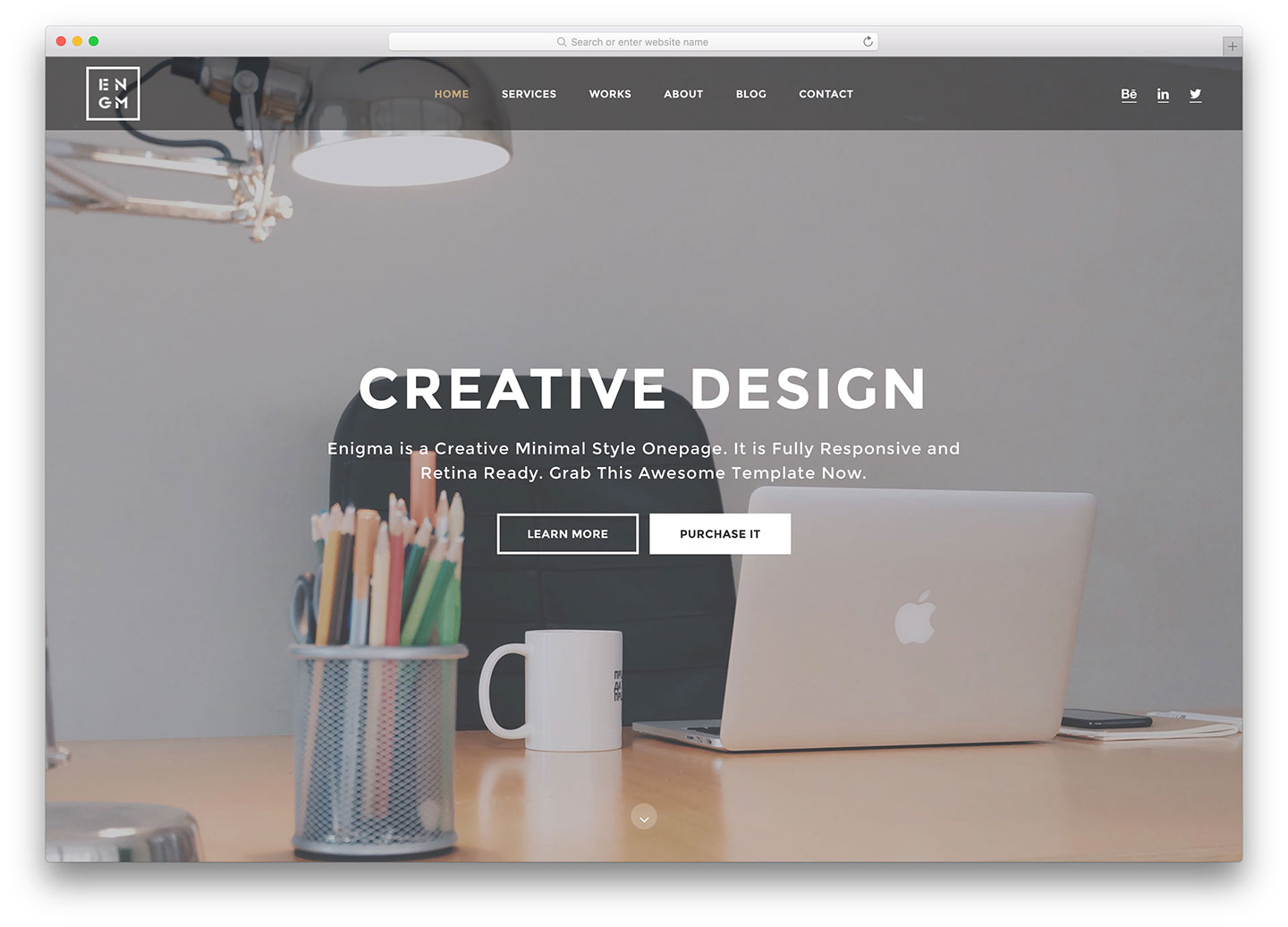In today's digital age, a webpage often serves as the first point of contact between a business and its possible customers. This first interaction can be crucial, as a professionally created website has the capability to captivate visitors and project professionalism. With just a few seconds to make an impact, the importance of web design cannot be overstated. A aesthetically pleasing and user-friendly site can create an prompt sense of faith, motivating users to explore further and engage more deeply with the brand.
In contrast, a badly crafted website can lead to rapid exits and lost opportunities. If visitors encounter disorganized interfaces, complex browsing, or non-functional components, they may quickly abandon the site, seeking out competitors who offer a better experience. Thus, businesses must acknowledge that putting resources into quality web design is not just about aesthetics; it directly impacts customer perceptions, business reputation, and ultimately, the profit margins. As we explore further the importance of effective web design, we will discuss how it influences user experience and influences business success.
The Importance of First Impressions
Initial impressions are vital in the online arena where users form opinions in just seconds. A professionally crafted website can capture attention and encourage users to browse, while a badly crafted site may lead to quick exits. When potential customers visit a website, their first assessment of the design influences their view of the brand's credibility and professionalism. An engaging website acts as a welcoming front door, establishing the atmosphere for user experience.
Additionally, web design affects trust and confidence and assurance. Visitors are more likely to engage with a business that presents a refined, professional appearance. Factors such as structure, palette, and typography play significant roles in conveying the brand’s message and values. If a site looks outdated or cluttered, users may doubt the quality of the products or offerings offered. In this way, good web design serves not only as a graphic display but as a vital component in building trust and reliability.
In addition to credibility, first impressions also affect conversion rates. A positive encounter on a user-friendly site can lead to increased user interaction, prompting visitors to look deeper and ultimately make a purchase or inquiry. Conversely, if the design doesn’t satisfy expectations, users are likely to leave the site and seek alternatives. Therefore, investing in top-notch web design is important for businesses that want to make lasting impressions and drive growth in a challenging online environment.

Essential Factors of Successful Web Design
An efficient web design commences with user-centered navigation. Users should be able to locate the content they need swiftly and effortlessly. A well-structured menu, user-friendly layout, and conspicuous calls to action perform a key role in leading visitors through the site. Cutting out unnecessary complexity aids keep users interested, minimizing frustration and the likelihood of them departing the site.
Graphic appeal is another critical aspect of web design. The appropriate combination of colors, fonts, and images can produce a lasting experience for visitors. A cohesive visual identity boosts brand recognition and signals professionalism. It is important to incorporate graphics that are relevant and high-quality to improve the overall look of the site, as this can greatly impact visitors’ initial perceptions.
In conclusion, responsive design is crucial in today’s digital landscape. With an growing number of users accessing websites on mobile devices, a site must adapt effortlessly to various screen sizes. This guarantees that content is available and manageable across devices, improving user experience and engagement. A responsive design not only serves a larger audience but also supports better search engine rankings, rendering it a key element in a effective web design strategy.
Assessing Achievement Via Engagement
Engagement is a crucial metric for evaluating the effectiveness of website design in the business world. A well-designed website captures visitors' focus and encourages them to interact with the content. Metrics including time spent on site, pages viewed per session, and bounce rates provide important insights into user behavior. These metrics help companies grasp how effectively their web design holds visitor interest and encourages further exploration of products or services.
Additionally, the design elements that foster engagement can consist of intuitive navigation, compelling visuals, and responsive layouts. When users can easily find what they need and enjoy an aesthetically appealing experience, they are more likely to stay longer and convert into customers. Call-to-action buttons that are thoughtfully placed and visually appealing can greatly enhance a user's journey, guiding them toward making purchasing decisions or subscribing to services.
Furthermore, measuring engagement goes together with visitor insights and analytics tools. Reviewing data from user interactions helps refine web design over time, ensuring it meets the evolving needs of the audience. By constantly improving the website according to user engagement metrics, companies can boost their online presence, resulting in increased customer satisfaction and loyalty. In the end, a focus on engagement leads to enduring relationships with clients, propelling long-term success.
